15 Foods That Fight Chronic Pain Better Than Pills
Living with chronic pain is a reality for millions, affecting everything from sleep and movement to the smallest moments of daily life. The search for true relief can leave you feeling frustrated and unheard. While pain medications may provide temporary respite, more and more research points toward the power of everyday foods in supporting our bodies’ natural healing abilities. Science shows that certain foods, especially those rich in specific plant compounds, healthy fats, and antioxidants, can help cool the fires of inflammation—the underlying cause of many pain conditions. There’s no single miracle food, and diet alone won’t cure all aches, but small, consistent changes to what lands on your fork can truly shape how you feel over time. This guide gently introduces 15 foods—expert-approved and backed by nutrition science—that may help manage chronic pain. For easy reading (and MSN’s guidelines!), some closely related foods are grouped together in 12 warm, supportive sections. Consider this your invitation to explore new flavors and habits, one compassionate meal at a time.
1. Tart Cherries: A Sweet Way to Soothe Inflammation
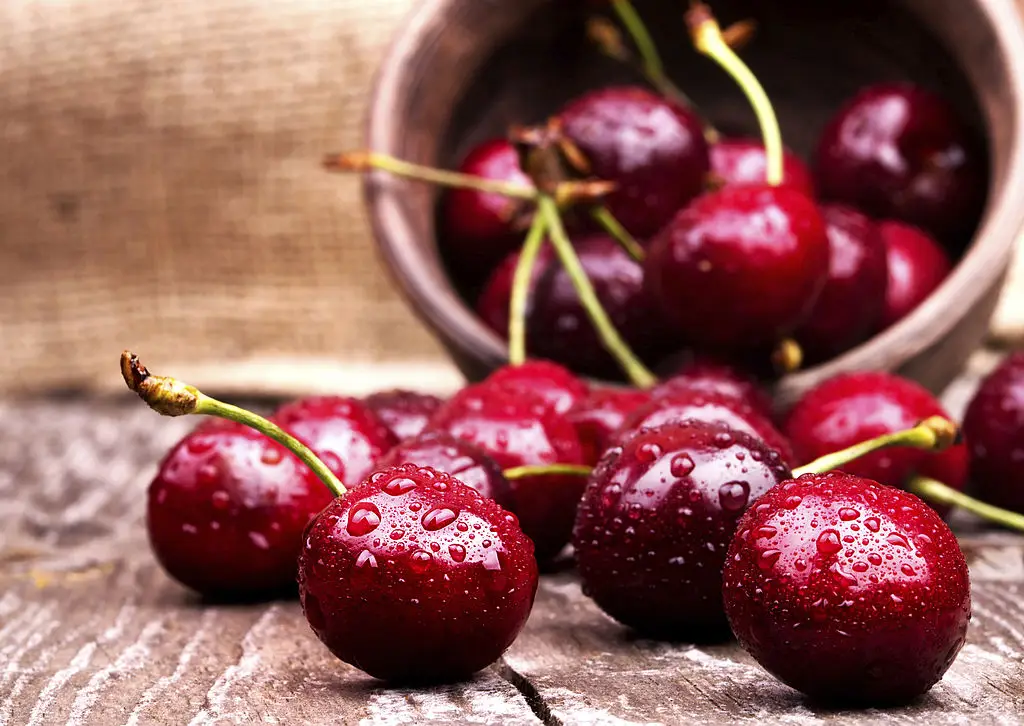
If you’re looking to ease joint aches or muscle soreness, tart cherries could be your new culinary ally. These vibrant fruits contain high levels of anthocyanins—plant pigments responsible for their deep red hue—which are well known for their powerful anti-inflammatory effects. Research suggests that regularly enjoying tart cherries (or tart cherry juice) may help reduce symptoms of arthritis and decrease post-exercise muscle pain. Many people love adding frozen tart cherries to smoothies, stirring a cup of cherry juice into sparkling water, or simply grabbing a handful for a snack. While sweet cherries are delicious too, it’s the tart variety that’s been most studied for pain relief. Keep in mind: the key is consistency, not perfection—so feel free to enjoy them any way that fits your routine.
2. Fatty Fish & Flaxseeds: Omega-3 Powerhouses Against Pain
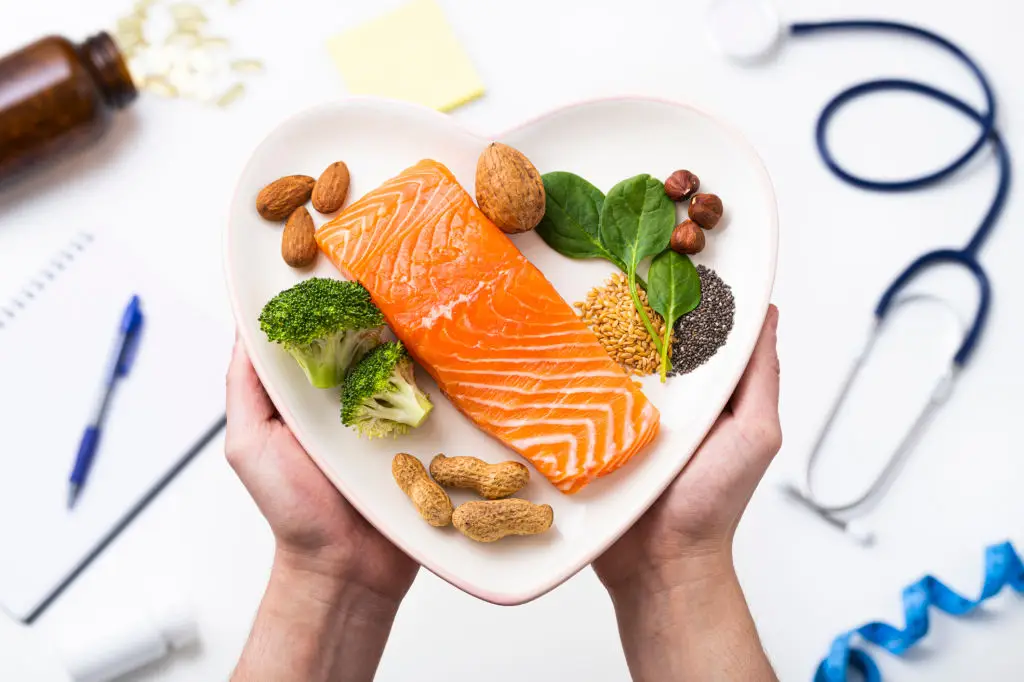
Foods like salmon, sardines, and mackerel are bursting with omega-3 fatty acids, natural inflammation-fighters linked to fewer pain flare-ups and improved joint mobility. These healthy fats work by blocking the same inflammation pathways as some over-the-counter pain medications, but without unwanted side effects. For those who prefer plant-based options, flaxseeds pack a similar omega-3 punch and are easily sprinkled onto oatmeal, salad, or blended into smoothies. Aim for two to three servings of fatty fish per week—or try including a spoonful of ground flaxseed daily—as a gentle, nourishing step toward comfort. Making small changes to your weekly menu can make a real difference in how your body feels moving through the world.
3. Dark Leafy Greens: Vitamin-Rich Allies for Joint Relief
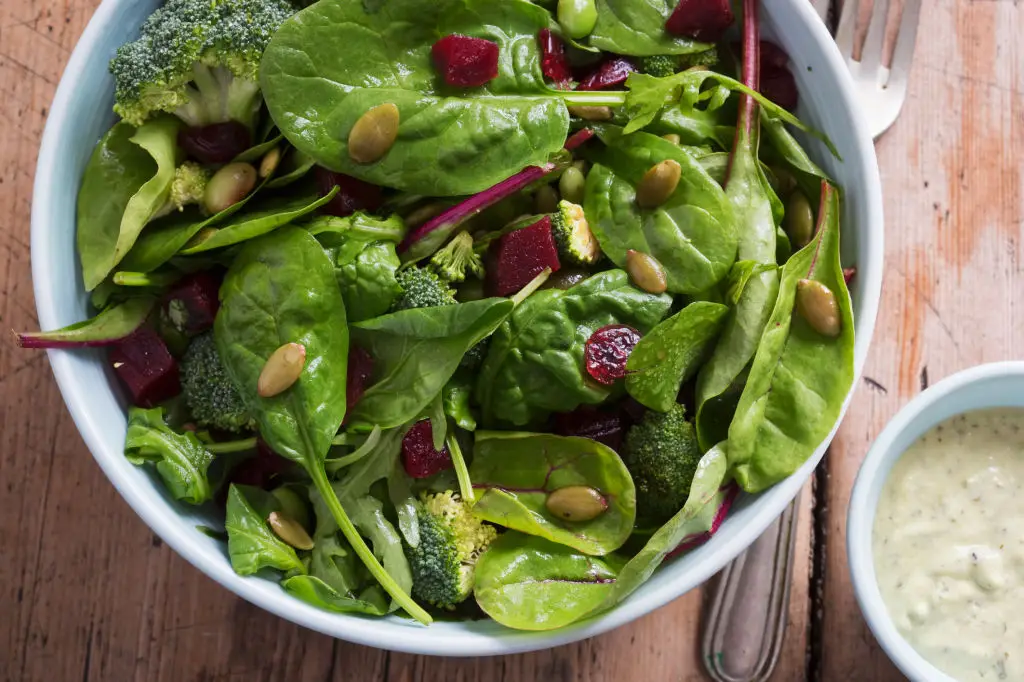
The humble dark leafy green—the unsung hero in many kitchens—brings a powerhouse of vitamins and minerals. Spinach, kale, and Swiss chard are loaded with vitamin K, magnesium, and plant antioxidants that actively help lower inflammation throughout the body. Studies link these greens to improved joint function and reduced levels of C-reactive protein, a marker of chronic inflammation. Whether you prefer tossing a handful in your morning smoothie, sautéing them with garlic for dinner, or enjoying a fresh kale salad, it’s easy to give your body this daily dose of leafy support. Start with whatever feels manageable and build gently as you discover what tastes good and feels right to you.
4. Berries: Polyphenol-Rich Pain Protectors
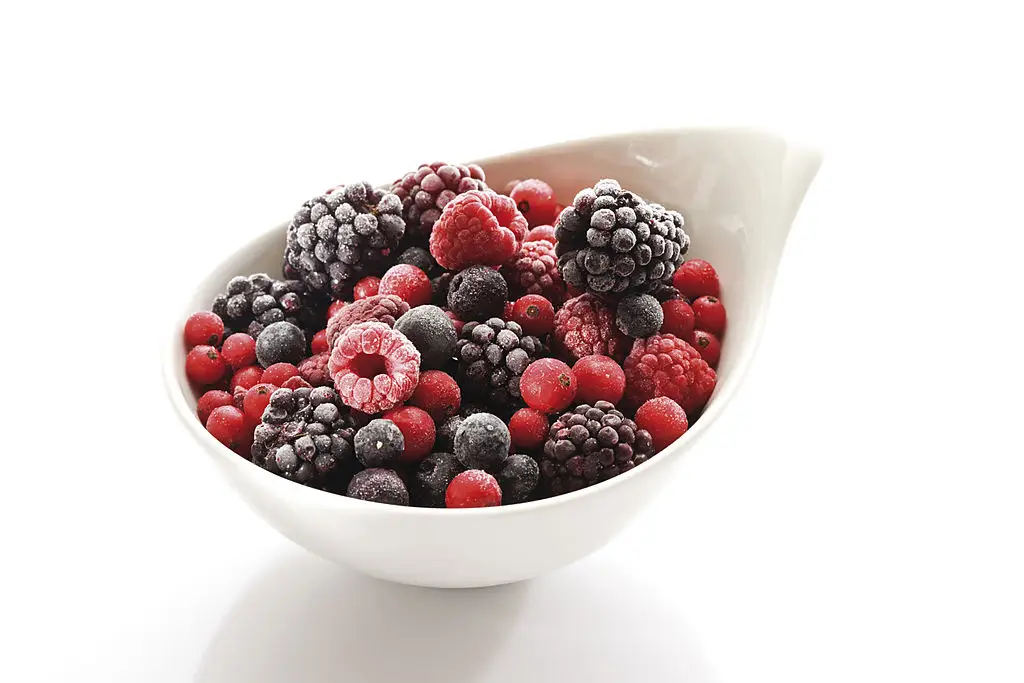
Bursting with color and flavor, berries like blueberries, strawberries, and raspberries deliver a generous mix of polyphenols—compounds that protect cells and tame inflammation. Multiple studies associate eating more berries with fewer aches and better quality of life for adults living with chronic pain. Their delightful taste makes them an easy addition to breakfast bowls, midday snacks, or even salad toppers. Whether fresh, frozen, or blended, it’s the steady habit of reaching for berries regularly that seems to offer the greatest benefit. Think of each serving as a sweet, supportive step forward on your wellness journey.
5. Avocado & Extra Virgin Olive Oil: Good Fats That Ease Inflammation

Both avocados and extra virgin olive oil shine as pillars of healthy, pain-fighting fats. Laden with monounsaturated fatty acids, these staples can help lower inflammation markers and support joint comfort. Olive oil offers the bonus of anti-inflammatory polyphenols, while avocados supply vitamin E—another joint-friendly nutrient. Drizzle olive oil over salads or roasted veggies, blend an avocado into a creamy dip, or try sliced avocado on hearty whole grain toast. Integrating these good fats into your day feels nurturing, delicious, and refreshingly simple.
6. Beets: A Colorful Way to Tame Stiffness
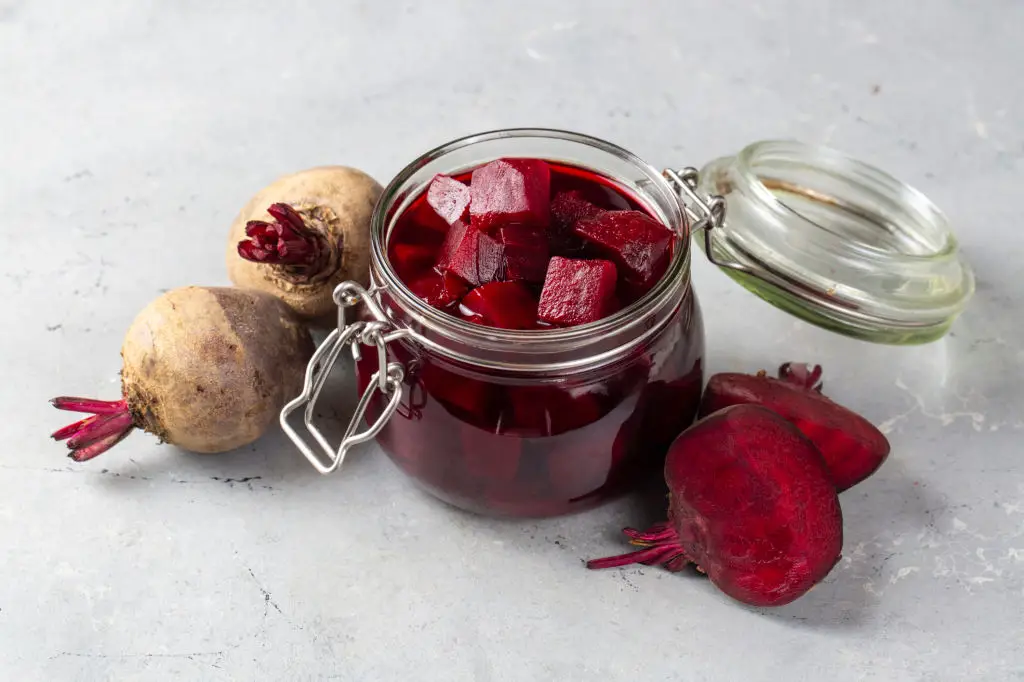
Beets bring stunning color to your plate and serious benefits to your body. Their secret lies in betalains and natural nitrates—compounds that research shows can calm inflammation and help alleviate stiffness or soreness. Whether you prefer them roasted, juiced, or sliced raw in salads, beets are flexible and easy to enjoy. Even a few beet-rich meals per week may offer subtle but meaningful support for chronic pain. Plus, their natural sweetness feels like a small daily celebration for your taste buds.
7. Nuts & Seeds: Crunchy Tools for Comfort
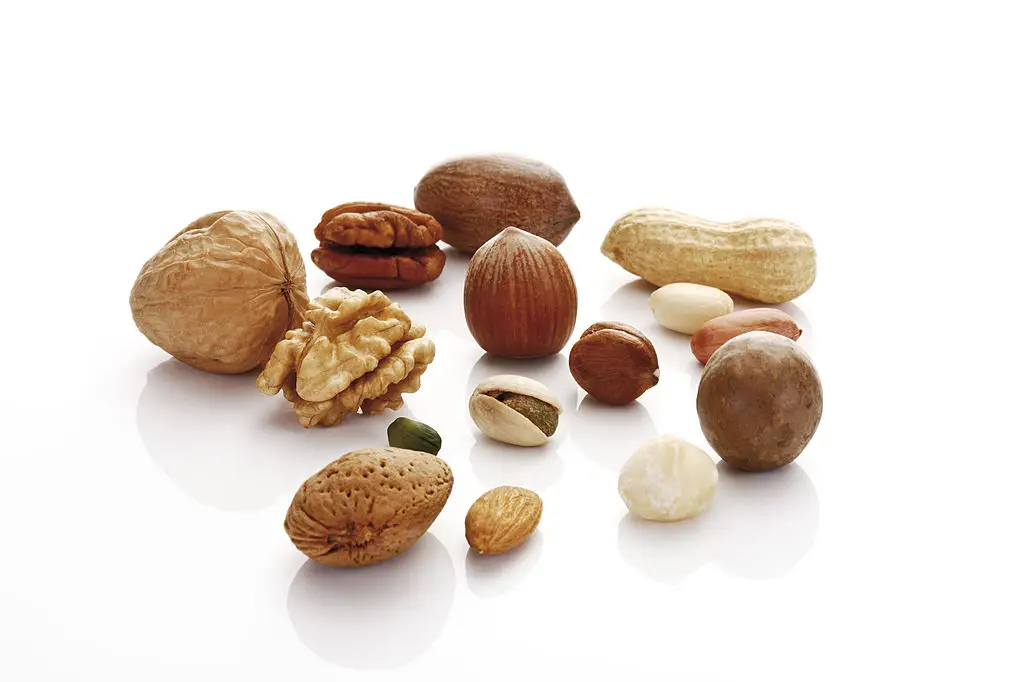
A daily handful of nuts and seeds brings much more than crunch—they deliver a powerful mix of unsaturated fats, vitamin E, and magnesium, all linked with reduced inflammation and ongoing pain relief. Walnuts and almonds, in particular, are well studied for their role in lowering inflammatory markers and boosting heart health. Pumpkin seeds offer similar benefits and are an easy add-on to salads or breakfast bowls. Even modest steps—like swapping snack crackers for a few nuts—can build up supportive nutrition without feeling overwhelming.
8. Beans & Lentils: Protein-Rich Relief With Every Bite
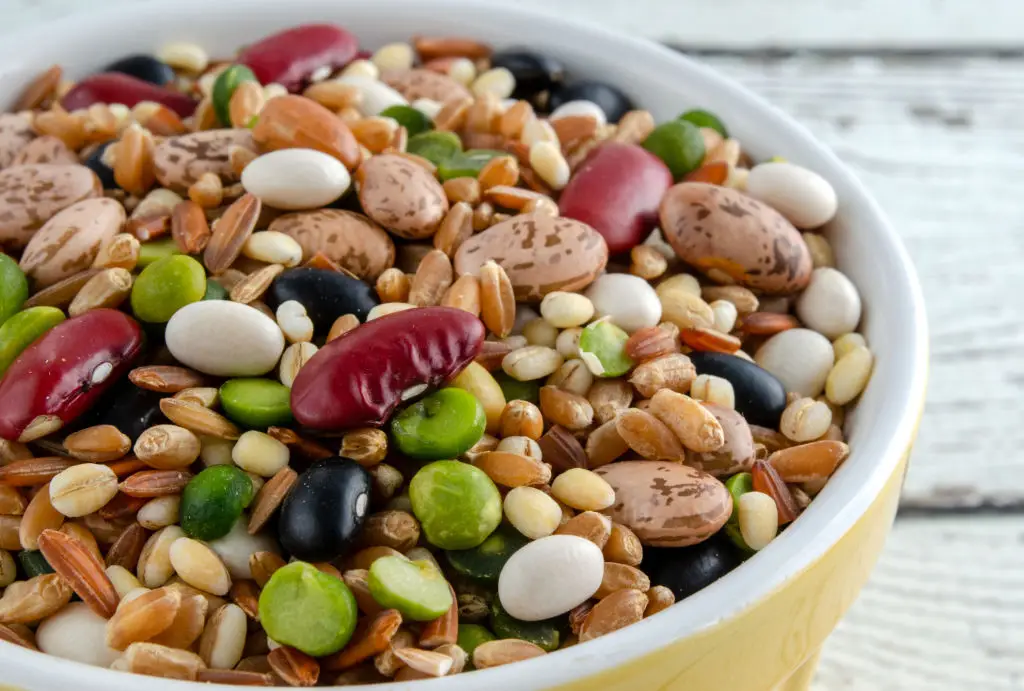
Beans, lentils, and chickpeas provide steady protein, fiber, and a constellation of antioxidants. Eating these plant proteins has been shown to decrease inflammation and may even ease persistent aches over time. Trade out a serving of red meat for black beans, toss chickpeas onto your salad, or simmer lentils into a hearty soup—each swap is a gentle win for comfort. Their affordability and versatility make them a reliably supportive choice for nearly any lifestyle.
9. Whole Grains: Fiber Champions for Long-Term Comfort
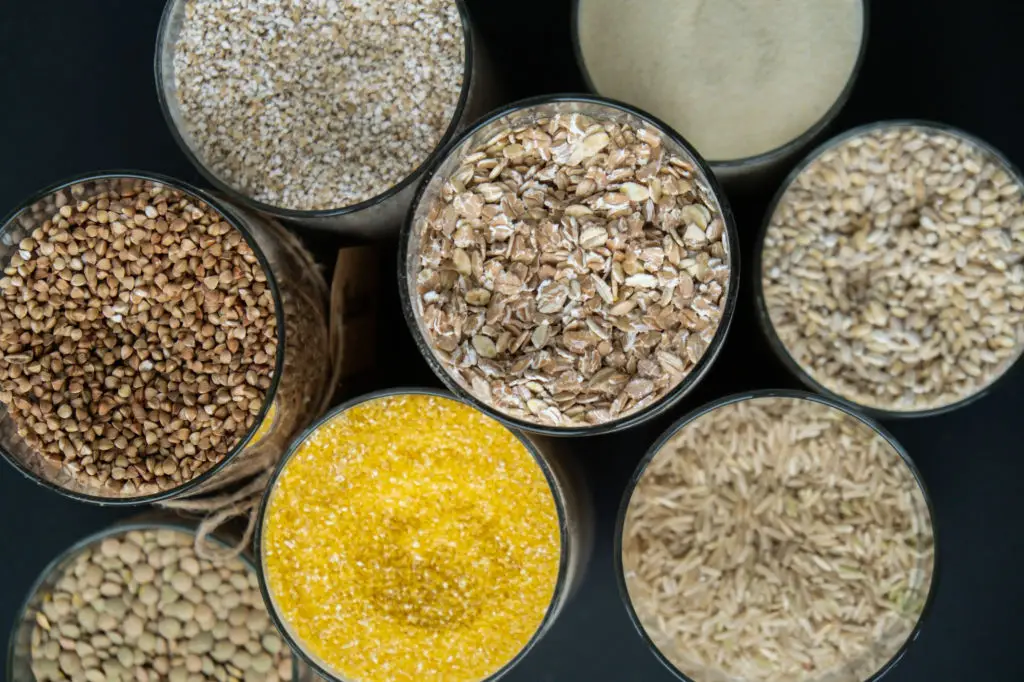
Unlike refined grains, whole grains like oatmeal, brown rice, and quinoa provide valuable fiber that helps lower C-reactive protein, an inflammation marker associated with chronic pain. The steady energy from whole grains can keep you feeling fuller, longer, without the spikes and crashes that can exacerbate discomfort. Simple shifts like choosing whole wheat bread or beginning your day with steel-cut oats build a solid foundation for lifelong health—one patient, sustainable step at a time.
10. Garlic & Onions: Flavorful Defenders Against Discomfort
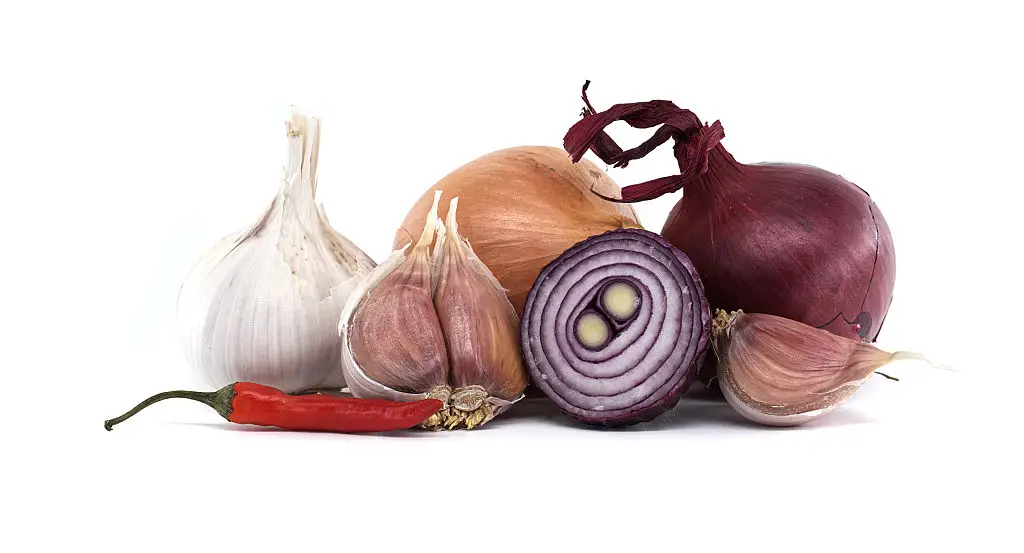
More than just kitchen staples, garlic and onions carry anti-inflammatory punches thanks to compounds like allicin and quercetin. These natural substances have been researched for their ability to modulate immune response and reduce the pain-producing chemicals set off by chronic conditions. Whether raw, roasted, caramelized, or blended into sauces, both ingredients offer simple, affordable paths to flavor and relief. Layering them into meals brings their benefits home—delivering comfort, one fragrant bite at a time.
11. Spices: Turmeric & Ginger for Natural Relief
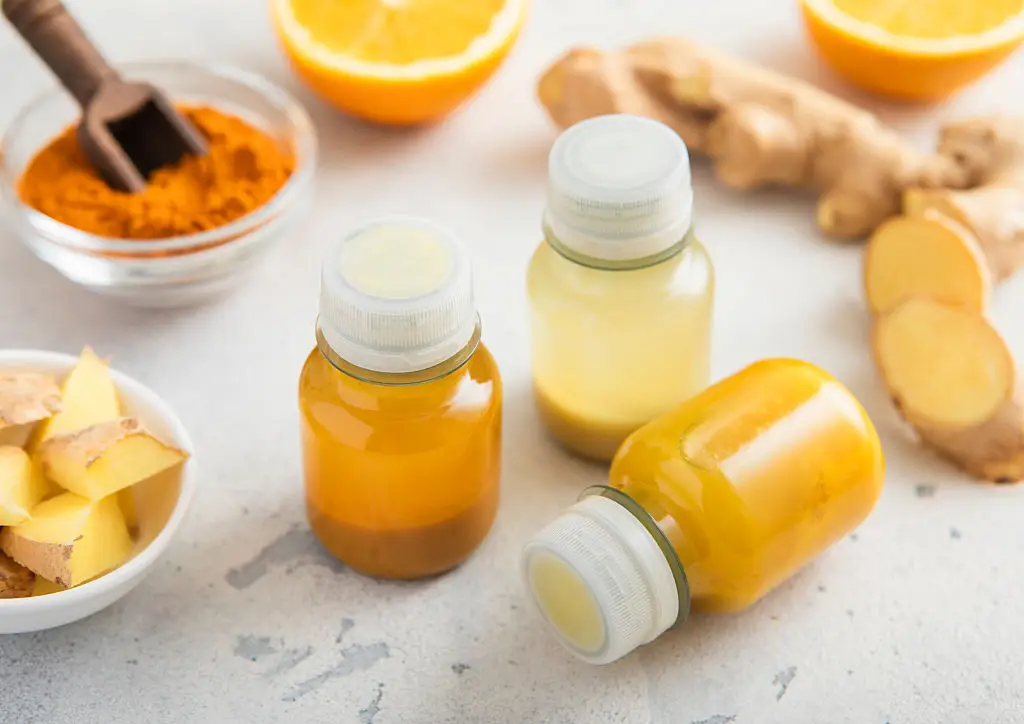
Turmeric and ginger have held esteemed places in both traditional cuisine and modern pain research. Curcumin, the active compound in turmeric, acts as a potent anti-inflammatory, while gingerol in ginger has similar soothing effects. Steep slices in hot water for a warming tea, grate into stir-fries, or blend into breakfast smoothies—the options are endless. Habit makes the difference with these spices: a little most days is proven to go further than an occasional heavy dose.
12. Dark Chocolate & Green Tea: Treats That Tame Tension

Yes—treats can support your comfort, too! Dark chocolate (at least 70% cocoa) is rich in flavanols, and green tea brings catechins—both shown to have anti-inflammatory effects while making you feel cared for inside and out. Enjoy a square of chocolate or a warm mug of green tea as a small, mindful pleasure. These aren’t just “permitted” indulgences—they’re research-backed choices that can help make the journey of self-care feel uplifting, even on tough days.
Finding Relief, One Nourishing Choice at a Time
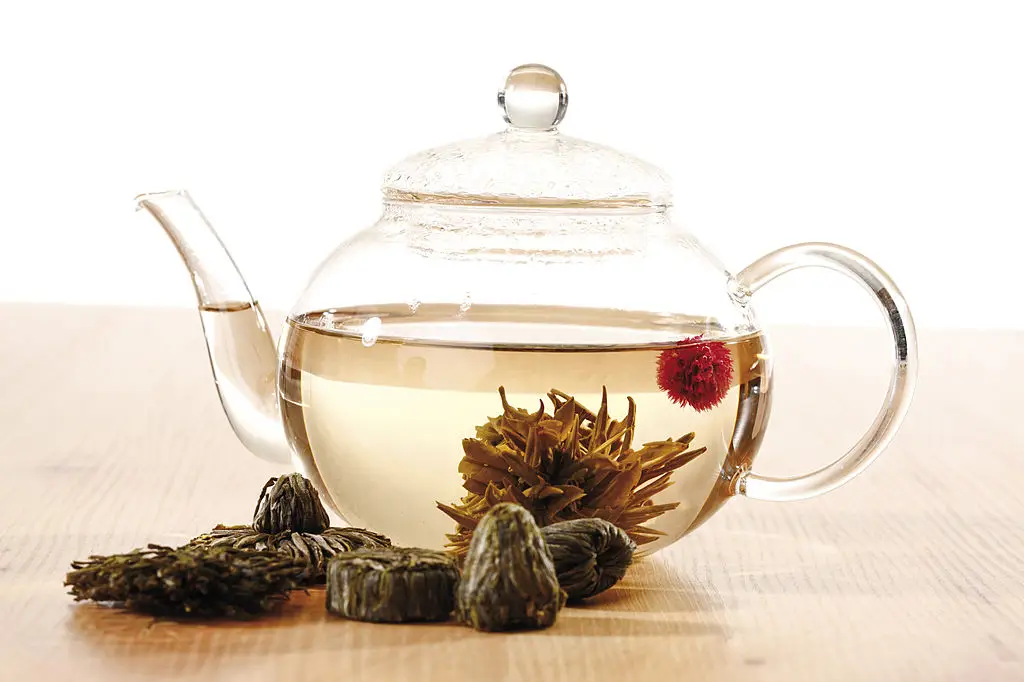
Caring for chronic pain is a journey, not a sprint. While no single food will erase discomfort overnight, the steady, gentle inclusion of these 15 nourishing options offers your body daily tools for resilience. Think of each addition—a sprinkle of seeds, a bowl of berries, a comforting cup of tea—as a kindness to your present and future self. Take it at your own pace. Celebrate the foods you discover along the way, and remember there’s no perfect menu—only the next compassionate choice. Real relief often builds from small steps, practiced with patience and hope. By honoring your body with these wholesome foods, you’re choosing a form of self-care that nourishes both spirit and strength, today and in the days ahead.
